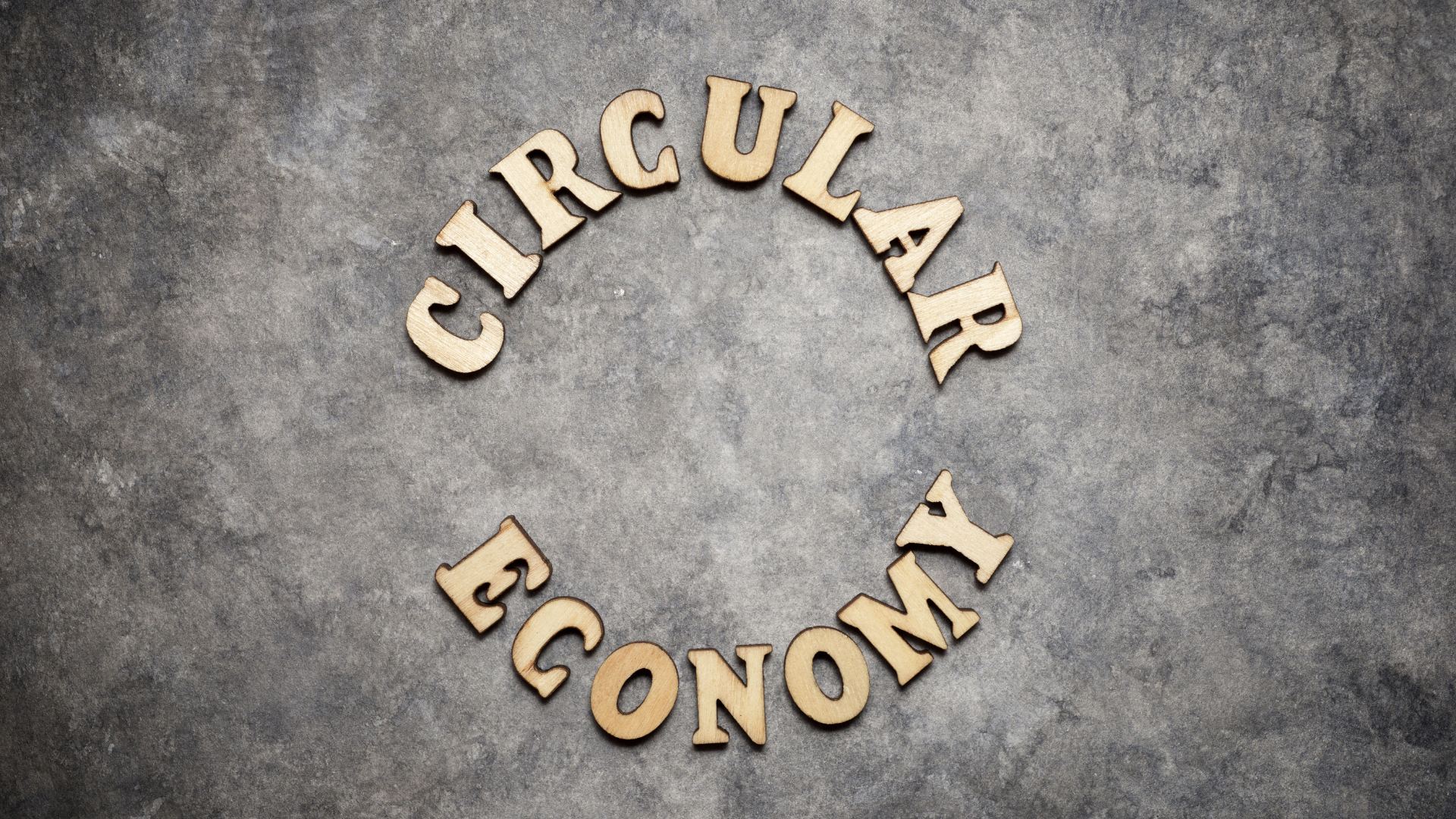Climate change is a significant global concern today. After decades of damage, countries are finally beginning to change their ways to save the planet. As a result, sustainability topics like the circular economy have become commonplace among strategists and policy-makers.
The circular economy concept presents a more promising alternative to the currently predominant linear economy model. It entails keeping products and materials in use for as long and as many times as possible before they are eventually discarded.
While the linear economy is built on taking, using, and disposing of, the circular economy focuses on long-lasting design that utilizes the same resources and products over and over, capturing waste at every stage and feeding it back into the process. At its core is a sustainable system that can safely reintroduce biological materials into the natural world after they have been utilized in the economy. Meanwhile, non-biological resources that cannot re-enter the environment, such as metals and plastics, are continuously circulated so that their value is captured and recaptured indefinitely.
IoT and the Circular Economy
The success of the circular economy hinges on how well and how long production and consumption environments can reuse, recycle, repair, and share existing materials and products. IoT can make significant contributions to the circular economy by improving resource utilization, prolonging product lifespan, enabling the shared-use model, and controlling the distribution and consumption of counterfeits, which typically offer short-term utility.
1. Manufacturing Resource Utilization
IoT solutions are widely used in industrial settings to deliver real-time data on critical parameters like temperature, pressure, and efficiency. With this information, manufacturers can optimize processes and spot variabilities before they cause significant loss, resulting in higher-quality, longer-lasting products.
Real-time monitoring can also help keep a closer eye on equipment performance and deploy proactive maintenance techniques that reduce breakdown probability, minimize spares replenishment rates and extend the machine's lifespan. As a result, manufacturers can get the most out of their equipment before opting to replace it.
In the market, IoT platforms can help collect data on usage trends and demographics and empower manufacturers to develop products that better match the market, minimizing waste while improving their bottom lines.
2. Device and Appliance Lifespan
Devices, appliances, and tools are huge culprits in undermining the circular economy model. For instance, today's ever-expanding range of smartphones uses tones of precious metals, which are hardly ever recovered for future use. Yet, because faster smartphones are always on the horizon, most customers replace their devices long before the end of their lives.
The Internet of Things can do a lot to support a circular economy in the gadget and appliance sector. For starters, microsensors embedded within devices can provide real-time performance feedback, signal problems, and even schedule their own maintenance. That way, a product can remain in working condition for longer.
Performance tracking can also enable manufacturers to determine device stress points and failures in the field and make future iterations more durable. Moreover, when an item nears its end of life, manufacturers can be alerted to organize pick-up trips right from the user's home.
3. Product Shareability
The overwhelming success of Uber, Airbnb, and other shared-use platforms has demonstrated that people are a lot more willing to share than was previously thought. After all, for most short-term and occasional uses, it makes more sense to rent other people's cars and houses than plan an asset acquisition.
The shared-use model
directly supports the circular economy by promoting maximum utilization before product multiplication. IoT can facilitate shareability beyond costly assets like vehicles and holiday homes to a vast array of items, including appliances and tools. Using embedded sensors to keep track of a tool's location and utilization allows rent shops to minimize losses and achieve greater success. People will also be more inclined to rent rather than buy a tool if they can see its usage history and performance record.
4. Counterfeit Control for Retailers
Retailers have a significant part to play in the circular economy. As the bridge between product makers and consumers, they control the kinds of items that buyers can access. Low-quality, short-lived counterfeits offer much shorter service periods than their original counterparts. Consequently, outlets that stock them increase product replacement rates in the market, translating to larger amounts of waste and landfills. These retailers also support the counterfeit sector, whose products are often made under unregulated circumstances that care little about sustainability.
The Internet of Things helps fight the counterfeit scourge by powering counterfeit detection systems in retail settings. For instance, retailers can use connected digital scanners linked to manufacturer databases to read product barcodes and retrieve verification data from the manufacturer before accepting them as inventory. Customers can also use their smartphones to scan codes and identify fake items instantly.
Circular Economy Opportunities for IoT Suppliers
The circular economy is gaining traction as the ideal option for providing goods and services with minimal environmental impact. As a pivotal proponent of the circular economy transformation, IoT connects manufacturers, retailers, and customers, enabling every party to collaborate effectively in maximizing the life of a product.
With IoT platforms, manufacturers can identify process shortcomings and optimize product quality within production lines, retailers can arrest counterfeits and optimize after-sale services, and customers can get real-time updates about the life of their product and how to prolong it. At the center of this transformation are IoT product suppliers, who must play their part in supporting this new model of manufacturing, selling, and consuming products.
If you are in the IoT business, a seller's account at
IoT2Market can help you get your solutions to the right audience.
Open one today and start contributing to the circular economy revolution.





